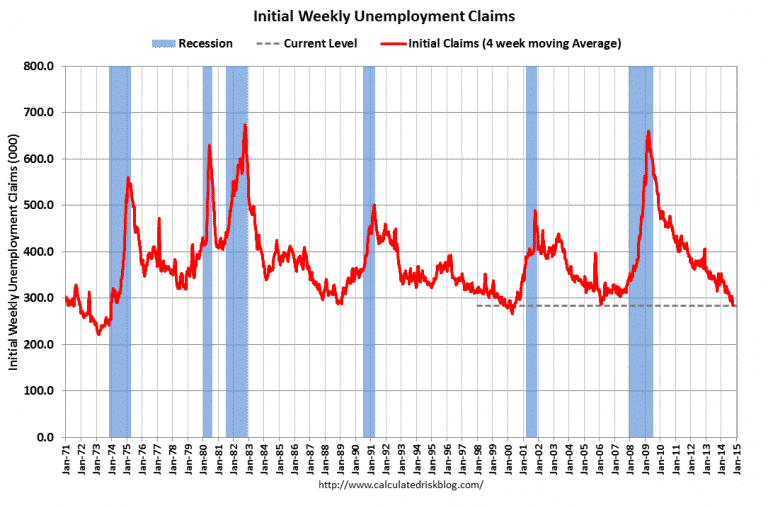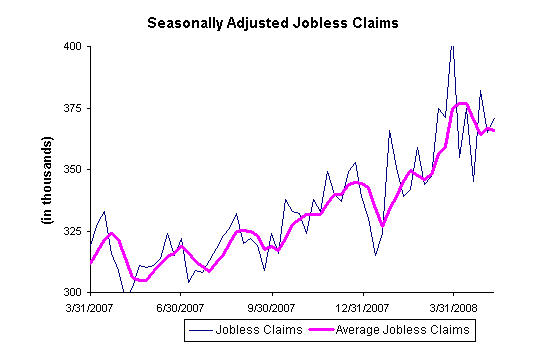Are we in a global financial crisis?
With financial markets tanking across the board, there is a whiff of panic and some people might be thinking that the next global financial crisis is already upon us. I don’t think this is the case. Certainly, the European sovereign debt crisis has entered round two but this can easily be overcome. Turbulence and a simmering crisis in Europe, yes. An acute crisis, no. More importantly, despite the recent global growth slowdown, the US and UK economies in particular are still beyond stall speed such that exogenous shocks cannot precipitate recession. And a real crisis comes from the confluence of the weakness of macro fundamentals, recession and financial turmoil. This bout of volatility does expose the fault lines but I believe it will pass in due course.
I wanted to write this post because in re-reading yesterday’s piece I found the second paragraph unduly alarmist as it started like this: “Right now, another global financial crisis seems to be brewing…” The key phrase there of course was “seems to be” because, as I am making clear now, not only was I surprised at how violent the selloff has been, I also do not expect it to last and tip us into crisis. Nevertheless, the zero rate, resource misallocation, shale oil play is exactly the kind of fault line which creates weakness in macro fundamentals that will exacerbate crisis when it comes.
When you look at previous global crises in 1974, 1982, 1990, 1997, 2000, and 2007, they were precipitated by the kind of volatility we are seeing now and there were always imbalances and excess across countries that exacerbated that volatility. But in all of these cases, we had economies which were at stall speed and vulnerable to a downturn that mixed real economy and financial economy factors into a toxic brew. For example, in 2007, the crisis really began with HSBC’s US unit Household International’s massive writedown of subprime debt in February 2007. By August 2007, we got the BNP Paribas fund freeze, and full recession began in the US in December 2007. It was only a long series of events that the full scale of crisis began to sink through in earnest. In fact, back then oil went to record highs in the summer of 2008, well after the US was already in recession.
I began the Credit Writedowns blog in March 2008 with a post titled, ”The Economy Is Definitely In Recession” because there was widespread disbelief that we were in recession. But the warning signs for the real economy had been building for a year by that time. If you look at this jobless claims chart that I put together in May 2008, you can see the uptick beginning in March 2007 – and I look at an uptick of 50,000 jobless claims in six months as a clear sign of recession, which in hindsight is where we were in early 2008.
So what lesson can we draw from this past crisis to understand what’s happening now? I think we can look first at fault lines as I did yesterday, to understand areas of future potential financial distress. Second, I think we should also assess the real economy. In the US, which led the global economy into crisis, the housing market weakened significantly in 2006, and this is what precipitated the Household International writedown in February 2007. The S&P/Case-Shiller 20 City Composite Index peaked in July 2006 at a 206.52 level compared to its January 2000 base of 100. Essentially, hot markets, where transaction volume weakened in 2005, saw actual price declines and rising default levels in 2006, leading the rest of the national market down. Lenders had been reducing loan loss reserves, when the sudden spike in losses caused them to have to do a full 180 and not just increase new loss reserves but also write down assets. And it was this process which slowed the homebuilding sector, ended the cashout mortgage ATM and began the recession for the US and the subprime crisis.
Analogously, we would have to see distress in the over-built and overdeveloped sectors of the economy, leading to job losses, lower consumption growth, and a stop in credit flows. Oil’s decline could be a catalyst for the shale sector but I don’t think we are there yet. This is something that will have to develop over a period of months. We saw a similar dynamic occur in the telecom, media and technology space that led to the 2000 downturn. But because the TMT space was financed with less credit, the impact on bank balance sheets was less severe. The spaces in the real economy to watch now are the leveraged finance and private equity arena, auto loan asset backed-securities, subprime auto lending, pre-IPO technology companies, and shale oil exploration and production.
If the downturn in any of these spaces picks up enough as the US economy reaches stall speed, we would see an uptick in jobless claims and then start to see job losses as we did in 2007. Right now initial jobless claims are at secular lows, even lower than the 300,000 barrier I have been saying is about as low as they can get. The last week saw only 264,000 jobless claims, pulling the 4-week average down to 283,500, as low as at economic cyclical peaks in 2006, in 2000 and in 1989.

Source: Calculated Risk
My conclusion then is that we are not in the beginnings of a global financial crisis. Rather, this is a long overdue market correction in US equities, accompanied by weakness in commodities and a mini-crisis in European sovereign debt, which expose the fault lines for the next major crisis.
Taking the most macro view, however, we should be cognizant that though we have seen large pockets of national and sectoral deleveraging, post-crisis global deleveraging has not occurred. The deleveraging in crisis-ridden countries like the US, UK, Spain and Ireland has been more than matched by increases in debt levels in China and other Asian economies. This fact alone reinforces the sense that the macro vulnerabilities for another global financial crisis exist.
But looking at a sectoral view, none of the buoyant sectors of the global economy outside of Chinese housing and infrastructure are seeing the kinds of writedowns and credit problems we have seen in past global crises. Moreover, the real economy preconditions for a crisis in the developed world are absent outside of the Eurozone.
As we go forward, I would note two key points. First, bullish data like high corporate profit margins and low jobless claims are mean-reverting contrarian indicators as economic cycles lengthen. If you look at the Calculated Risk jobless claims chart you can see this from the fact that recessions always begin from low levels of jobless claims. Therefore, while the bullish data means we are not yet vulnerable to recession, a sharp deterioration in these numbers would be exactly the real economy catalyst to create the precoditions for crisis.
Second, we have seen how crisis begins in economies with zero rates from our experience with Japan. And here, the liquidity provided by monetary policy can have a perverse effect during times of market stress by exacerbating spreads between safe assets anchored to the zero rate policy and risk assets from which investors flee en masse as negative real economy, earnings and sector data pour in. What we should expect then is a flight to safe assets and an evaporation of liquidity in markets that has a knock-on effect to an already weakening real economy. In my view, the lack of policy space will be a major contributor to the next crisis because monetary and fiscal policy will have to be more aggressive since rates are at zero and deficits are already high.
Right now, Europe is the most vulnerable economy to this global growth slowdown brought on by China. And we are seeing the impact in periphery sovereign yields. Nevertheless, I would be surprised if the situation got so out of hand that crisis became acute and went beyond Greece’s ability to leave Troika overisght, given the ECB’s promise to do more to ease liquidity in Europe. For Greece, this is a full-fledged crisis, but in the rest of the periphery it is not yet. The UK and the US are not vulnerable to crisis here until we see corporate earnings growth turn into earnings contractions, GDP growth weaken to below the 1% level, jobless claims begin to rise, and writedowns and loan loss provisions increasing at financial institutions.
The warning shot has been given and Greece will probably not be able to leave the Troika’s grasp as a result but the real crisis is a way’s off.

Comments are closed.